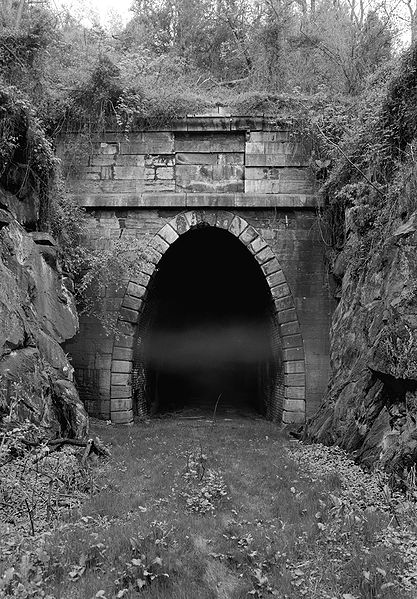The Peninsula Extension which created the Peninsula Subdivision of the Chesapeake and Ohio Railway (C&O) was the new railroad line on the Virginia Peninsula from Richmond to southeastern Warwick County. Its principal purpose was to provide an important new pathway for coal mined in West Virginia to reach the harbor of Hampton Roads for coastal and export shipping on collier ships.
The Peninsula Extension of the Chesapeake and Ohio Railway led to Hampton Roads at Newport News, Virginia where West Virginia coal was loaded aboard colliers and shipped worldwide.
The C&O railway station on the Peninsula Extension of the railroad at Norge in James City County, Virginia was a community focal point. Seen here in 2005 preserved but in disuse, the following year it was relocated to public property nearby where work began for it to be reopened as museum.
Lee Hall in 1983, during service as a stop on Amtrak's Colonial.
Chesapeake and Ohio Railway
The Chesapeake and Ohio Railway was a Class I railroad formed in 1869 in Virginia from several smaller Virginia railroads begun in the 19th century. Led by industrialist Collis P. Huntington, it reached from Virginia's capital city of Richmond to the Ohio River by 1873, where the railroad town of Huntington, West Virginia, was named for him.
The original Blue Ridge Tunnel built by the Blue Ridge Railroad and used by the C&O until its replacement during World War II
Coal cars at the Danville, West Virginia, yard in 1974
Postcard showing the Chesapeake and Ohio Terminal in Newport News, c. 1930–1945
The Chesapeake and Ohio's Sportsman at Alexandria, VA in August 1964.







